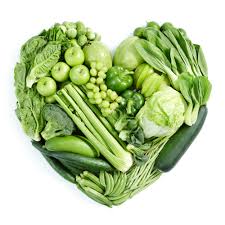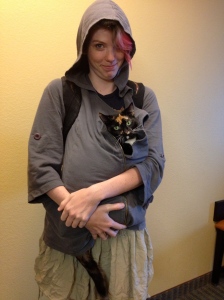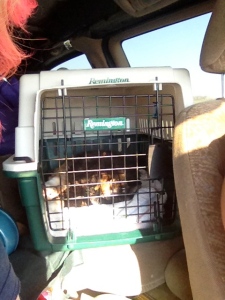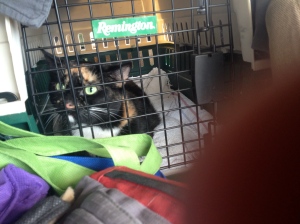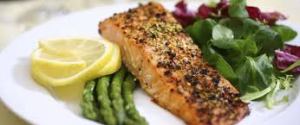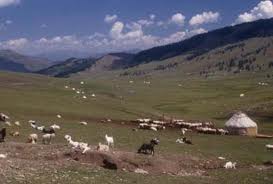The Dairy post.
Full disclosure: except for limiting alcohol, this is the food I miss the most, and is the one in which I am most likely to indulge.
Dairy is made up of some of the same amino acids that are found in the muscle meat of the cow, but there are milk proteins that may cause damage to our intestinal lining. Milk products, whether human or cow (or goat or sheep) are critically important to the development of an infant of that species. Milk comes packed with good immune and hormone messages that direct the rapid growth and nutrient capture in those infants.
However, children and other mammals soon lose the enzymes to digest milk not long after they are weaned. Lactose intolerance is very common because our bodies simply don’t need it after about 2 years after our birth. If we keep consuming milk and milk products, because we are not efficient at digesting it without lactose, it creates yucky intestinal problems like bloating and gas. There is also a condition known as Leaky Gut Syndrome, where because of chronic inflammation (our old enemy), the lining of the small intestine has lost some of its integrity, and molecules that could not pass through the lining of a healthy intestine, permeate and go places where they can create problems. Milk proteins could be potentially be implicated in contributing to this syndrome.
What about calcium? See what years of marketing has done to us? It’s the first question I’m asked if I say that I don’t eat dairy. Calcium is important for bone growth, and muscle contraction, but just like everything else I’ve been writing about, it’s not as simple as Eat Calcium (From Milk) For Strong Bones.
A) Strong bones don’t depend just on calcium to be strong. Guess what else makes strong bones? Lifting heavy things. In a study of obese adults, their markers for health were worse than a non-obese person in every matrix that could be measured except for one: Bone Density. Bones in obese adults are thick and strong, because the repeated pressure on those bones have demanded it.
B) Dairy is not the only source of calcium. In fact, it’s not even the best source of calcium. Guess what else has calcium, that is more accessible than the calcium in milk? Green vegetables! Leafies like kale and spinach and mustard greens have calcium, as does meat and seafood, and even nuts! And they come without the baggage of the milk proteins that can cause the damage.
I’m planning an entire post about how I manage “nutritional offroading” but I’ll say here that if you have a healthy immune system, and a healthy gut, and all of your visible, perceivable, and testable markers for health are in the good zone, you can probably occasionally ingest some cheese or cream or butter from pastured animals and suffer no lasting ill effects. Dairy does have some good saturated fat, and those amino acids I mentioned earlier, so there is at least some good going in with the bad (unlike grains which have nothing good to offer).
I also am planning to address how to approach all of these rules to integrate them into your life, whether to go all in or take up one rule at a time. When we get to that, I’ll explain what I’d suggest (and what I did) with dairy, and all the other food groups, to determine if dairy is problematic for you. I can tell you what the science says about it generally, and how we go about using self-experimentation.
I think I have written this post and the next post (pastured meats) out of sequence. It’s important to understand how ruminants’ (cows and goats and sheep) digestive systems work, and why they should be pastured, to understand how their milk and meat are affected. So come back and read this one after the next post on Eating Meat.
Thanks for reading!

